We all instinctively have an idea of what goals, purpose and objectives are, but when creating training courses, have you ever considered how they compare? How do all these terms relate to each other and what can we learn from this comparison? Each has a role in course design that not only helps you approach the task systematically, but also it helps you design a course with long lasting results. In this article, I will explore the essential differences and will walk you through an example of creating a min-course so you can see how to approach course design in practice. The principles explored here apply to any medium used to design courses, be it face-to-face instructor-led courses, online courses, virtual courses, videos or even books.
Let’s start by examining these terminologies one by one.
What Are Objectives?
Technically, objectives are “something toward which effort is directed”. Objectives are about an ‘aim’, a ‘target’ or ‘result of an action’.
In course design, an objective is a formal declaration on what learners would get in a session or a course. It is about setting a target which helps you, as the trainer, and the learners to know when they have reached it.
An objective, therefore, always comes with a measure of performance; it needs to define the specific criteria used to evaluate the performance of a given learner. Once the objective is achieved, we can sign a learner off and move them to the next topic or level.
Hence, objectives are like a ‘contract’. They define what will be covered, what will be excluded and what learners need to do to pass a lesson or a course.
The more formal your assessment, the clearer you will need to be in expressing and communicating objectives with the learners. In less formal scenarios, avoid overdoing objectives, as the strong formality distracts and does not necessary add any value.
What Is Purpose?
In the world of designing training courses, purpose is about the ‘why’. Why should students learn this subject? What is it for? How are they going to benefit from it? What would they be capable of doing once they have learned this skill, and why should they be bothered?
Note how I worded all the above; it is entirely centred on learners. Purpose is not about what the trainer wants to do, it is about what skills we want our learners to acquire and why. It is about them.
I often see many trainers and course designers get this wrong. When they design courses, they think of what they like to teach and what they enjoy teaching about. They want to include content they are passionate about, irrespective of what the learners want or need. Sometimes such trainers use their courses to market themselves as experts, or cross-sell other products and services. It is one thing to establish authority, so learners listen to a trainer; it is another if the trainer boasts about their expertise relentlessly or turns the course into a marketing exercise, project report or an opportunity to list their accomplishments. Learners will switch off in no time.
Since explaining the purpose is about the ‘why’, it can be strongly motivating. You should always start each session by covering the purpose. The same applies to starting the course; after the initial introduction sequence of the course, you should cover purpose. Once learners know what is in it for them, they are more likely to pay attention and learn. If they don’t know why they must go through the training or are not convinced, they are likely to resist the training or become a distraction to the class.
If you are interested to learn how to structure a course from the beginning to the end, as well as maximising learning and engagement, check my online course Train the Trainer: Core Skills. I cover these topics systematically and you get to do various exercises to learn the skills.
What Is the Difference Between Objectives and Purpose?
Sometimes people mix up ‘objectives’ and ‘purpose’. In instructional design, they are distinct. Let’s examine the differences to see what each one is about.
Overall, a series of objectives help learners to reach a specific purpose.
Purpose |
Objectives |
|
Is long-term |
Are short-term |
|
Is an abstract conceptual idea. It is about the why and the need. |
Are precise, focused, concrete and with a narrow scope. |
|
Is about an overall wish. |
Are based on data and facts. |
|
Is multi-dimensional and often complex. It often requires an overall approach. |
Well-designed objectives are clear and straightforward. |
|
Is about a destination and why learners need to get there. |
An objective is a target. |
Examples
Purpose: Learn how to pull the perfect shot of espresso for yourself.
Then explain:
Why: Because once you know how to control the parameters for yourself, you can start making an ideal coffee for others, based on what they like.
Need: Learn how to use your new espresso coffee machine.
Objectives:
By the end of this lesson delegates will be able to:
- Adjust brew ratio to make a ristretto, normal espresso, or lungo, using traditional or modern recipes.
What Are Goals?
Now that you have seen purpose and objectives, you may wonder where goals fit in. Goals sit between purpose and objectives. They are long-term and generally broader than specific objectives. They are like ‘milestones’ towards reaching a purpose.
While purpose defines the destination and why learners need to get there, goals help create a set of milestones between where they are now and where they should be.
There are several types of goals:
- Outcome-oriented goals. Such goals are defined by the outcome we want learners to achieve.
- Process-oriented goals. Such goals capture the process we want learners to go through.
- Time-based goals. Such goals capture a certain time frame within which a certain goal needs to be achieved. It can be a series of short-term and long-term steps that defines a particular learning path.
What Is the Difference Between Goals and Objectives?
Since the two terms of ‘objectives’ and ‘goals’ have a somewhat similar meaning people tend to use them interchangeably. Again, in course design, they have a specific and distinct meaning.
Overall, a series of objectives help learners to achieve a goal.
Let’s see how they compare.
Goals |
Objectives |
|
Are broad and general. |
Are specific and measurable. |
|
Are overarching statements that describe the intended learning outcome. |
Are precise statements that outline what participants should be able to achieve by the end of the training or a session. |
|
Focus on long-term achievements. |
Are short-term and actionable. |
|
Give inspiration and guide the course design process, setting the tone and vision for what the training aims to achieve. |
Provide clear guidance for designing instructional content, activities, and assessments. They help ensure that the training aligns with the desired learning outcomes. |
|
Are milestones. |
Are specific targets. |
|
A series of goals define the learning path based on the purpose of the training. |
A series of objectives can help learners achieve a goal. |
Examples
Goal:
Learn how to grind coffee for a target dose and grind size with the built-in grinder.
Objectives:
By the end of this lesson participants will be able to:
- Dismantle, clean and put back together the built-in burr grinder of Sage Barista espresso machine.
- Use a measuring scale to control dose based on setting the grind size and the grind time.
Is This All You Need to Structure a Course?
So far, you have considered the purpose of the course and the goals that lead to the learning outcomes. You have considered the objectives that help you set specific targets. All these help you push learners forward along the learning path. Is this all you need to create the overall structure of the course? Can you now drill down and start designing the main lessons, the exercises and various media?
To answer this, let’s step back. What are the biggest risks in course design? One risk is that the course does not deliver on the intended learning outcomes. Without these outcomes we cannot fulfil the purpose. The second equally important risk is that you may end up spending a significant amount of time developing a course. There is a risk of budget overrun or wasted effort on your behalf, and this risk is not only about you. If you include unnecessary content, you may alienate the learners by forcing them to go through content they don’t need.
Both risks are very real and they both lead to an important concept: that you need to get your priorities right. You need to know what topics to focus on the most, what to cover in another course, and what to leave out for learners to explore on their own.
To get your priorities right, you need Eureka. You may wonder what I mean by that. Let me share with you this powerful strategy that can greatly help you with your course design.
What Are Eureka Moments?
Eureka moments or ‘Aha’ moments happen when a learner ‘gets’ an idea or concept. They are related to Eureka concepts that help us create the foundation of a course. Certain ideas or concepts must be understood, and all learners must learn them. When learners understand a Eureka concept, they experience a Eureka moment. Because such moments of understanding are so strong, learners remember them, along with the associated lessons, for a long time to come. This is why integrating Eureka moments into a course is immensely powerful.
I have explored how to design courses with Eureka concepts in detail, so I will only summarise here. Eureka concepts are also known as threshold concepts in the training industry and have been extensively researched. The crucial point is that you can start your course design by thinking of the essential Eureka concepts as the building blocks. These are core ideas we want learners to ‘get’ and they must learn them before they can continue to learn other more advanced topics. Eureka concepts are often complex and are not straightforward to explain. In fact, that is indeed the test: if you can explain a concept in a few sentences and learners get it, then it is not a Eureka concept. Understanding a Eureka concept takes more effort; learners may need to be given different types of content or training materials, go through various exercises and work things out until they experience the important ‘Aha’ moments.
With this method, we want to keep the learners in the process of discovery and make them feel they achieved the learning themselves. We want to reward them with a memorable Eureka moment.
Eureka concepts unlock the key to setting priorities and because of the design risks you saw earlier, they are incredibly useful in course design.
So how do Eureka concepts relate to purpose, goals and objectives? If purpose was about the ‘why’, goals were about the ‘milestones’ and objectives were about the ‘contract’, Eureka concepts are about the ‘river crossings’. Along the learning path to a given destination defined by the purpose, there are challenging river crossings. We must take the learners across these rivers, one way or another. No one can be left behind on the other side of the river! Such crossings take effort, and the reward is the deep understanding learners get. River crossings are not just milestones along the learning path. They are not just some specific short-term objectives or targets either. They are a higher-level entity that can help us design the route learners need to take towards the destination, which is defined by the purpose. River crossings are part of the adventure towards this destination. These challenges cannot be avoided; learners must experience such challenges so they can grow. Learners must therefore overcome them one way or another.
Purpose is about the ‘why’ and the overall ‘destination’.
Goals are about the ‘milestones’.
Objectives are about the ‘contract’.
Eureka concepts are about the ‘river crossings’.
Eureka moments are the reward for ‘crossing the rivers’.

It is time to walk through an example to illustrate the concepts in a real-world instructional design scenario.
How to Make an Espresso: A Course Design Exercise
Now that you have been introduced to all four terminologies, let’s go through a real-world example. This will illustrate how all these concepts can help you with your course design process.
For this, I am going to use making coffee as an example, just because it is such a wonderful drink and very popular!
Suppose you want to teach the making of a good cup of espresso, using a given espresso machine.
You want to put together a mini-course and are wondering how to structure the content, how to approach the design task, what to focus on and what to leave out.
We have purpose, goals, objectives and Eureka concepts to consider. Where should you start?

Purpose
Always start with the purpose as it defines the destination. With purpose you set the scope of the teaching activity; you and the learners will know what the course should cover and what it would not. You always have more content to teach than you have time for, so knowing where the boundaries are is extremely important in course design.
Remember that purpose is not just about us, it is also about them. In our example, the destination is not a ‘perfect cup of coffee’; palates vary and people like different kinds of espressos. The aim is to get a student learn how to dial-in and make an espresso given a specific palate.
Already, by thinking about the purpose, we have defined a specific scope for the course. We are not interested in teaching how to make a good cup of coffee quickly, or just use an automated machine that makes coffee for us. We want the learners to make an ideal cup of coffee given a specific palate. This learner could be someone who just got their hands on a brand-new espresso machine and want to learn how to use it, and then show off their skills!
So, we have now defined the ‘why’ and the ‘destination’. You can communicate the purpose with the learners which will motivate them and keep them engaged.
What should we focus on next? Traditionally, course designers start thinking about the objectives. The thinking is that once they have defined a magical series of objectives, expressed them precisely based on some formula, and shared it with their students, they will end up with a good course. Even today, some of the CPD accreditation services pay a disproportional amount of attention to objectives, as if that’s all you need to care about for your courses to be good enough and pass their accreditation test. It is an easy cheap test to carry out to quickly certify clients’ courses, and they boast a lot about the process too! CPD accreditation industry is a little notorious because of such practices, be warned!
Objectives are necessary, but if we only focus on them, we are missing two important steps in course design: namely Eureka concepts and goals. It is therefore better to go from purpose to Eureka concepts and goals before formulating objectives.
And let me just add that even if we have defined the purpose, goals, objectives and Eureka concepts, we still have a lot more to do before we can end up with a solid course anyway, but that’s another topic on its own. See my guide on how to design courses and my books, Course Design Strategy and Train the Trainer: The Art of Training Delivery.
Eureka Concepts
Once you have got your purpose defined, which tells you about the scope, you now need to know what to teach and how to teach it. Start by thinking about the most important Eureka concepts related to the identified purpose. What should the student certainly learn? Of these topics, which ones are not straightforward to learn or to teach? We want to narrow our search until we end up with a set of important critical Eureka concepts that we must cover in our course.
For the espresso making example, a barista must understand how to control a variety of parameters to achieve a certain espresso taste. Consider your own experience of drinking coffee. You may feel it’s a little too bitter or a little too sour, or just flat. The question is what a barista can do to fix it, given all the parameters they can control.
For example, the barista can vary the dose, the grind size, the water temperature, the bean variety, the roast level, the water pressure and the water volume. The barista then needs to control extraction rate and concentration. For taste, they can measure strength, bitterness, sourness, sweetness, body, individual flavours and the quality of the crema.
The relationship between all these parameters is complex and is a Eureka concept. It requires studying the relationships, experimenting and checking the results by tasting, until a natural instinctive ability develops. Given a certain result, the barista then knows what to change to influence the taste towards a desired direction. It is why making a good espresso is so much fun!
So you need to break down the lessons to a few Eureka concepts for the espresso making training course:
- Extraction concept. Learn the order that flavour compounds are extracted. Understand extraction, concentration and TDS (Total Dissolved Solids). Learn how these parameters influence strength, body, bitterness and flatness of a given espresso.
- Flow rate concept. Understand how grind size and extraction time influence the flow rate and learn to avoid over-extraction and under-extraction.
Remember, unlike objectives, you don’t really communicate such Eureka concept declarations to the learners. It would be alien to them, and they may not understand the jargon or terminology. These formulations help you to decide what critical areas you need to cover and how deeply.
There are other more straightforward concepts, such as the difference between a ristretto and a lungo or a latte and a flat white. These are not Eureka concepts and so you would design and cover such topics as normal when putting the course together. I am keeping the example simple so we can stay focused on our course design exercise.
Goals
Now that we have defined a few Eureka concepts, we can identify a set of goals or milestones to help learners get there and experience those crucial ‘Aha’ moments.
If you recall, we had three types of goals. Here are some examples to give you an idea:
- Outcome-oriented goals. Learn how to control espresso bitterness.
- Process-oriented goals. Learn how to grind coffee for a target dose and grind size using the built-in grinder.
- Time-based goals. Learn how to create latte art by going through a specific sequence with correct timing.
Remember, we are designing these goals inline with the Eureka concepts. Because Eureka concepts are harder to grasp, we want to lead the learners and expand their understanding through a series of focused lessons and exercises that set the scene. It is as if we are building the raft for the challenging river crossing.
How do we know if goals are achieved? We could test the learners to see if they reached these milestones. These tests will also help us divide the course into clear logical parts.
For example, we can include test such as these:
- Given an espresso drink, can learners change any of the input parameters to increase bitterness?
- Similarly, can they change any of the inputs to make an espresso less sour?
Objectives
We can now think about the objectives. Remember, these objectives are short-term and well-defined goals that help us divide the content of the course into smaller units. Not only this helps the design process, but it also helps learners to know what is expected of them; hence, objectives define the ‘contract’. As such, objectives are focused and specific. It is best to define them as SMART goals.
For the espresso making example, one of the high-level goals was, “learn how to control espresso bitterness”. This is a milestone along the path that will hopefully make them ready to understand the big Eureka concept of ‘extraction’. To know what parameters they need to change for this, they need to know the effect of each input parameter (like dose and grind size) on any of the output parameters (such as bitterness, sourness and sweetness). We must therefore design a series of lessons to cover each of the input parameters and teach the learners about their effects.
For example, here is what we can put into the course:
- Include a series of lessons and exercises explaining what happens to the final espresso when we change dose, grind size, temperature, shot volume, water pressure, etc.
- Include a visual lesson with graphics to illustrate extraction levels and their effects.
- Illustrate the complex relationships between various parameters with graphics, diagrams, charts and animations.
Now that you have decided on the lessons to include, we can divide them into a series of modules or sessions, each with a clear objective.
For our espresso course example, here are some objectives:
By the end of this lesson participants will be able to:
- Create different styles of espresso such as short (ristretto), long (lungo), long black and Americano.
- Measure the espresso extraction rate.
- Understand distribution and tamp uniformly to avoid channelling.
- Change the grind size to control bitterness, concentration and strength.
Having formulated the objectives, you can now move on to design the content of each session, decide how to cover each session, include exercises and how to test the learners.
Now, let’s step back and review the example objectives shown above for an espresso making course. Do they feel like an overkill? Do you not feel that they formalise the course a little too much, given that we are just teaching how to make coffee? That’s exactly the case with the objectives and supports the point I was making earlier. You need formal objectives when the course is more formal. If you want your learners to be certified on how to land an Airbus 380, then you will certainly need specific and formal objectives that you can test learners against before they can be certified. For something like making an espresso at home given a consumer espresso making machine, it is an overkill to go through 20 formal objectives. However, whatever the subject of the course, you will always benefit from deciding on Eureka concepts and the goals. This helps you break down the content to smaller parts and know how to lead the learners towards the final destination.
Summary
The most important lesson to take here is that you should not start course design by thinking about several objectives or areas you like to teach. It is the other way around. You need to think of the purpose first, in relation to what the students need to learn, and not just focusing on your own aims. You then need to decide on a few Eureka concepts that need to be explored and fully understood by the learners. Only then can you move on to goals and then objectives to drill down further into course content production.
Remember, a course by its nature, is about skill-transfer. A course is not about imparting some information; we can do that with a lecture, a blog post or an article. Skill-transfer is about getting learners to deeply understand something and be able to perform; it is action-based. As such, Eureka concepts are an essential part of course design. So much so, that when you ‘get’ this concept, you will probably also say, “Eureka!”.

About the Author
Dr Ethan Honary is the founder of Skills Converged Ltd. A training consultant, researcher, author and designer with an aim to help trainers worldwide to improve training delivery and course design.
Table of Contents
What Is the Difference Between Goals and Objectives?
Is This All You Need to Structure a Course?
How to Make an Espresso: A Course Design Exercise
Course Design Strategy
Available as paperback and ebook
Online Train the Trainer Course:
Core Skills
Learn How to Become the Best Trainer in Your Field
Train The Trainer Book
Available as paperback and ebook
Explore Topics
Longform Train the Trainer Guides
All In-Depth Articles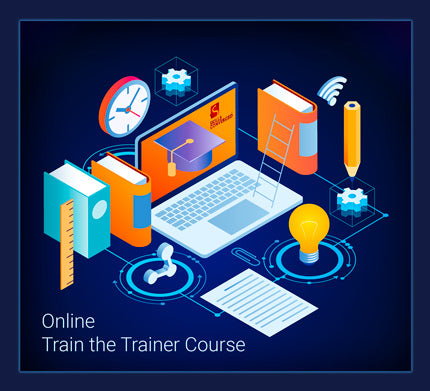
CPD Accredited
Online Train the Trainer Course: Core Skills
Learn How to Become the Best Trainer in Your Field
Full Course Details
How to Reference This Article
Honary, E. (2023) "Purpose, Objectives, Goals and Eureka Moments", Skills Converged. Retrieved from: https://www.skillsconverged.com/blogs/train-the-trainer/purpose-objectives-goals-and-eureka-moments










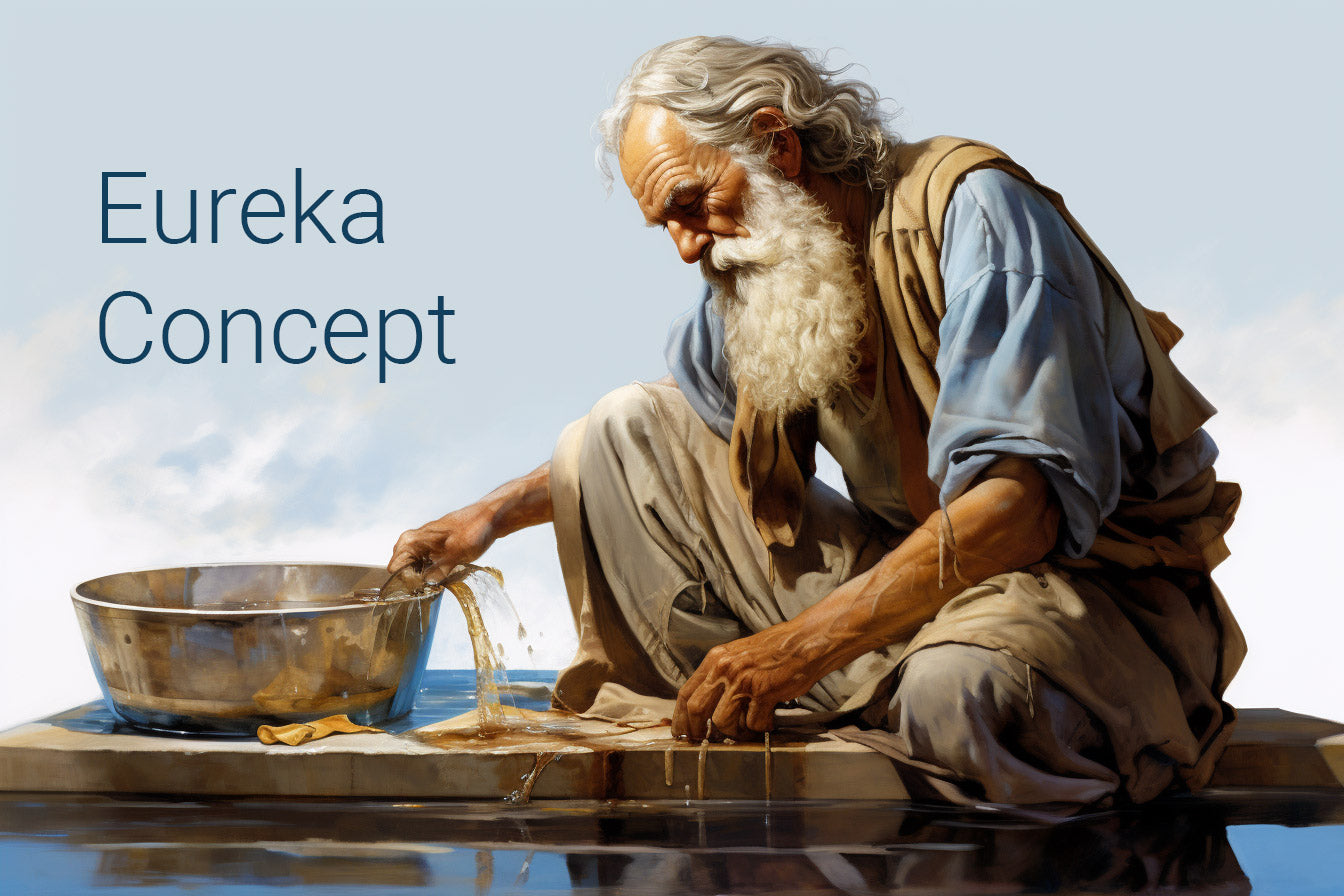
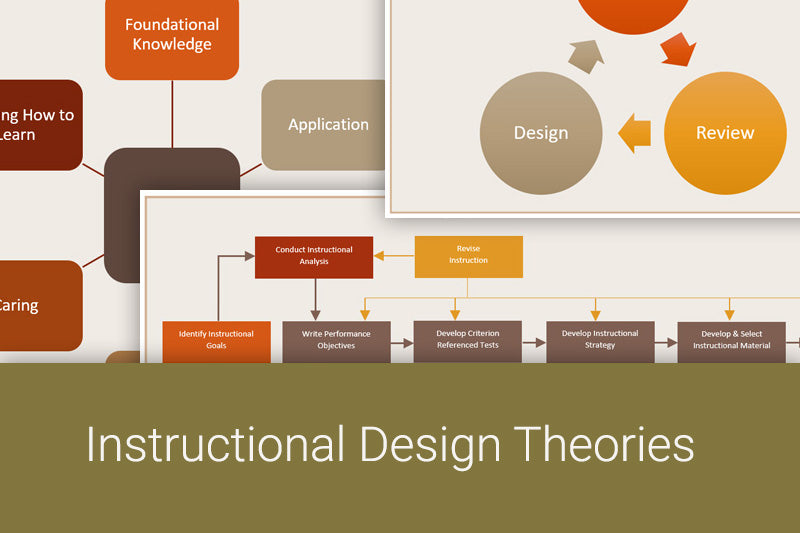
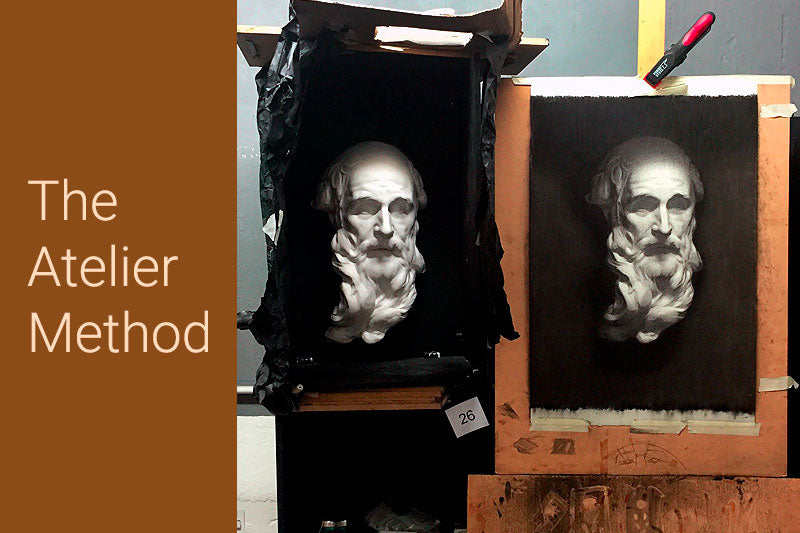
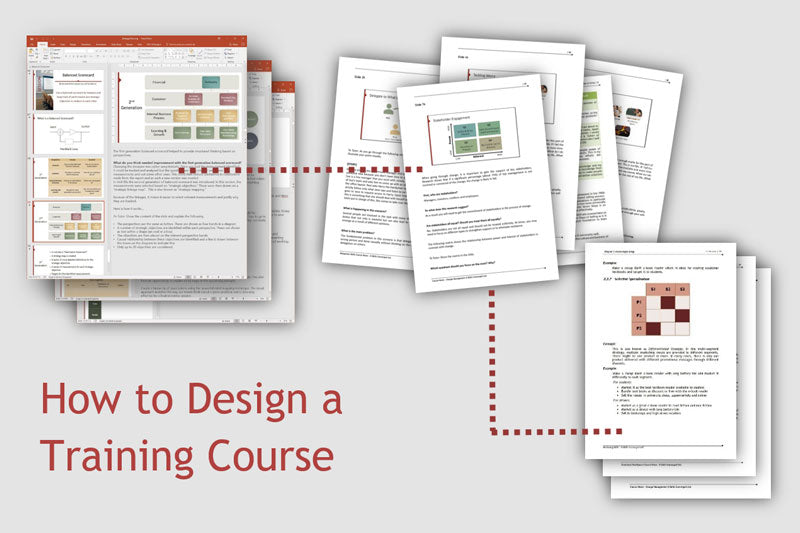
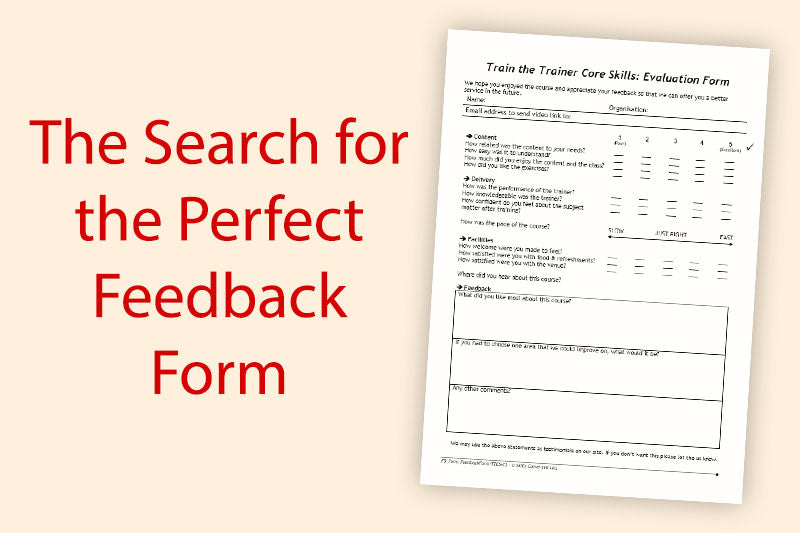
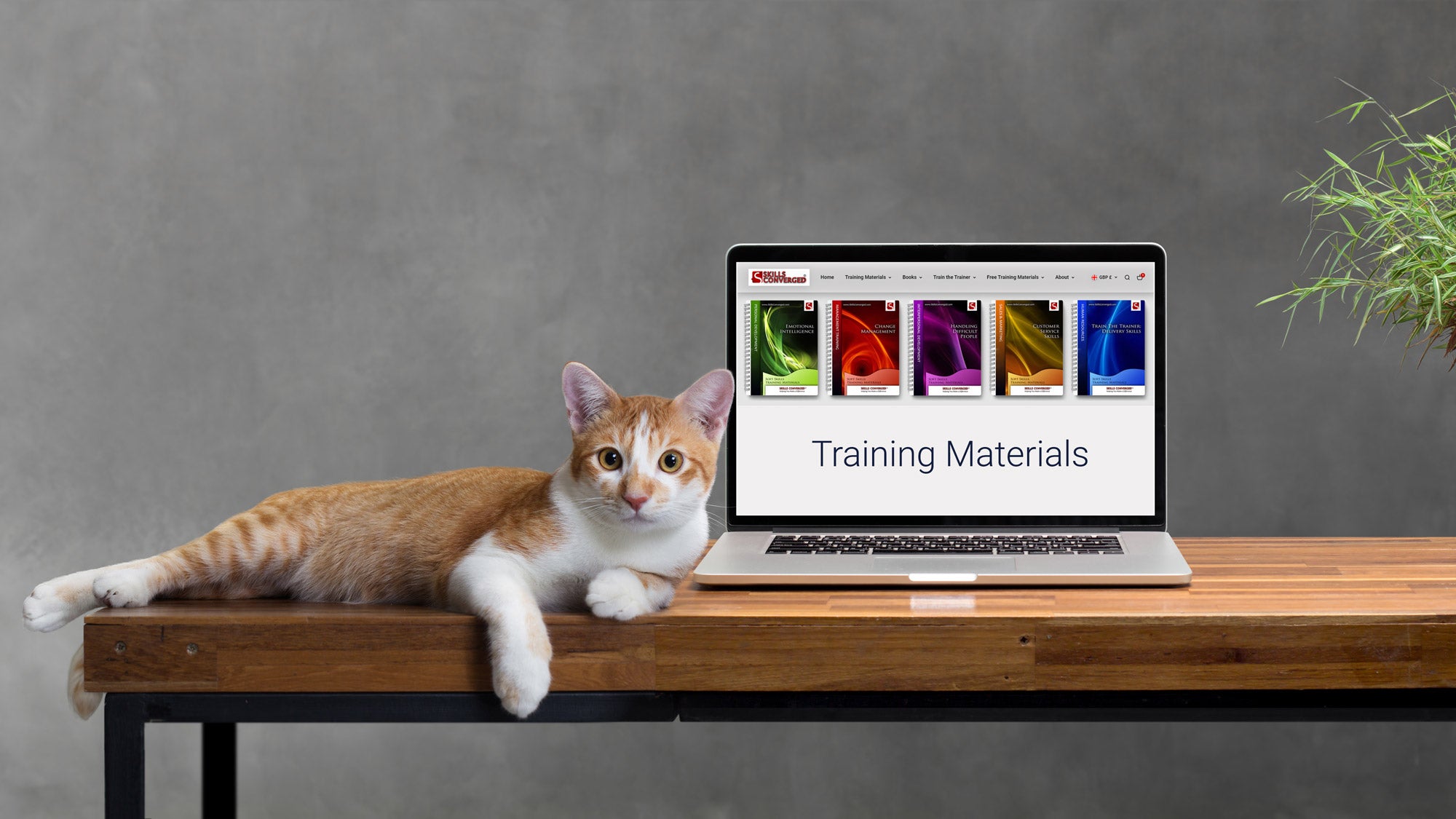
Leave a comment
All comments are moderated before being published.
This site is protected by hCaptcha and the hCaptcha Privacy Policy and Terms of Service apply.